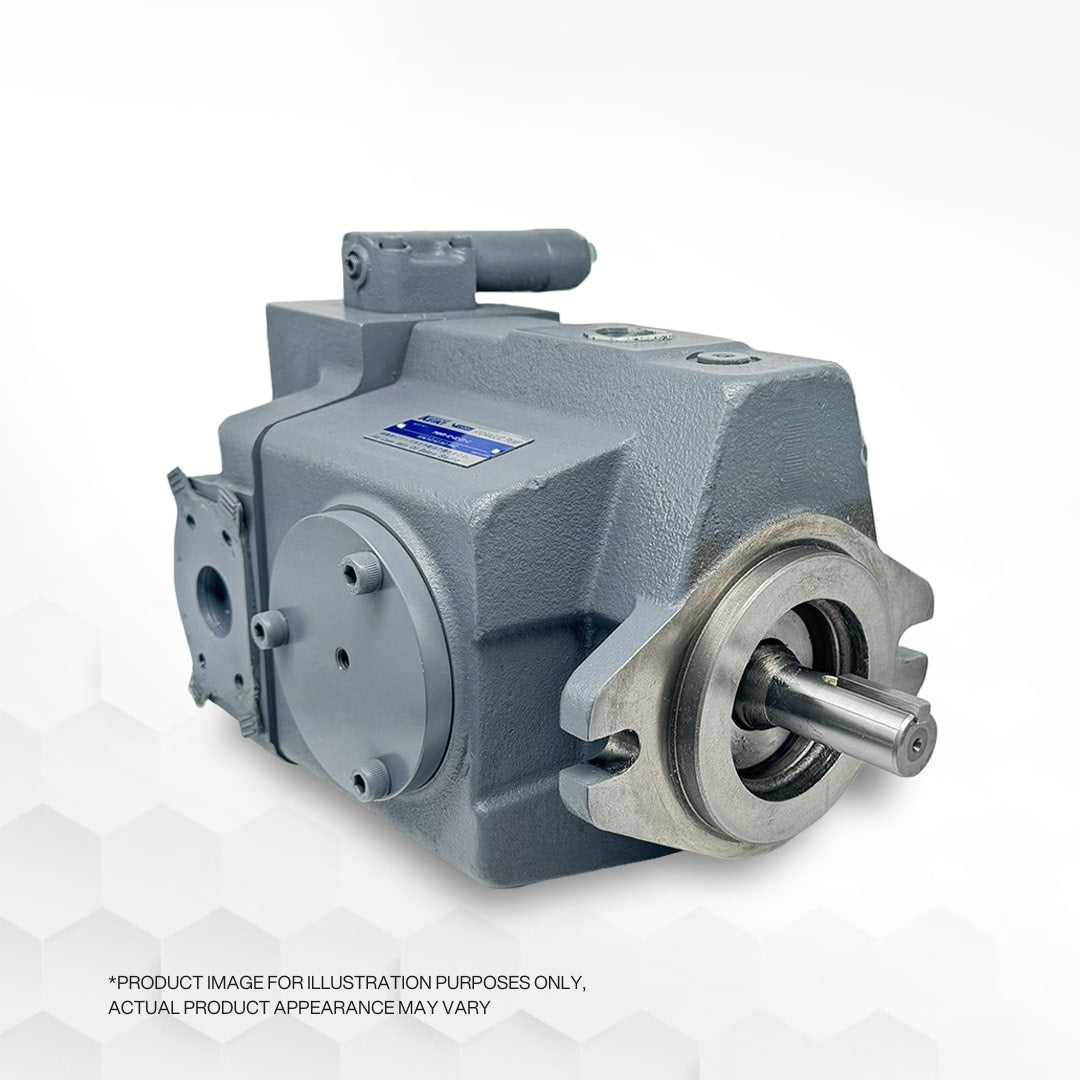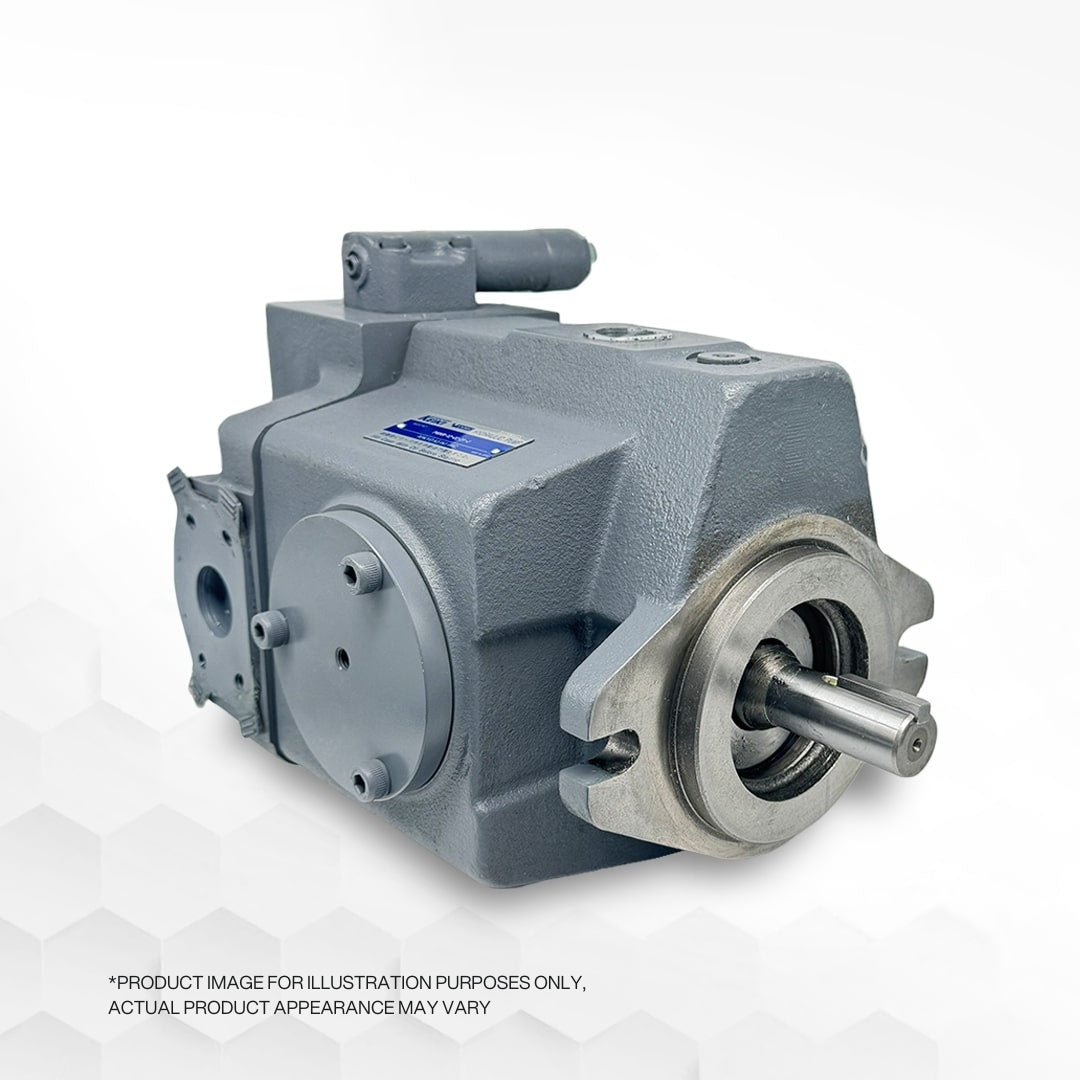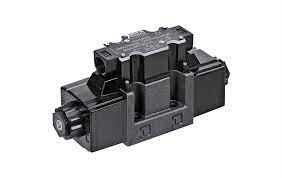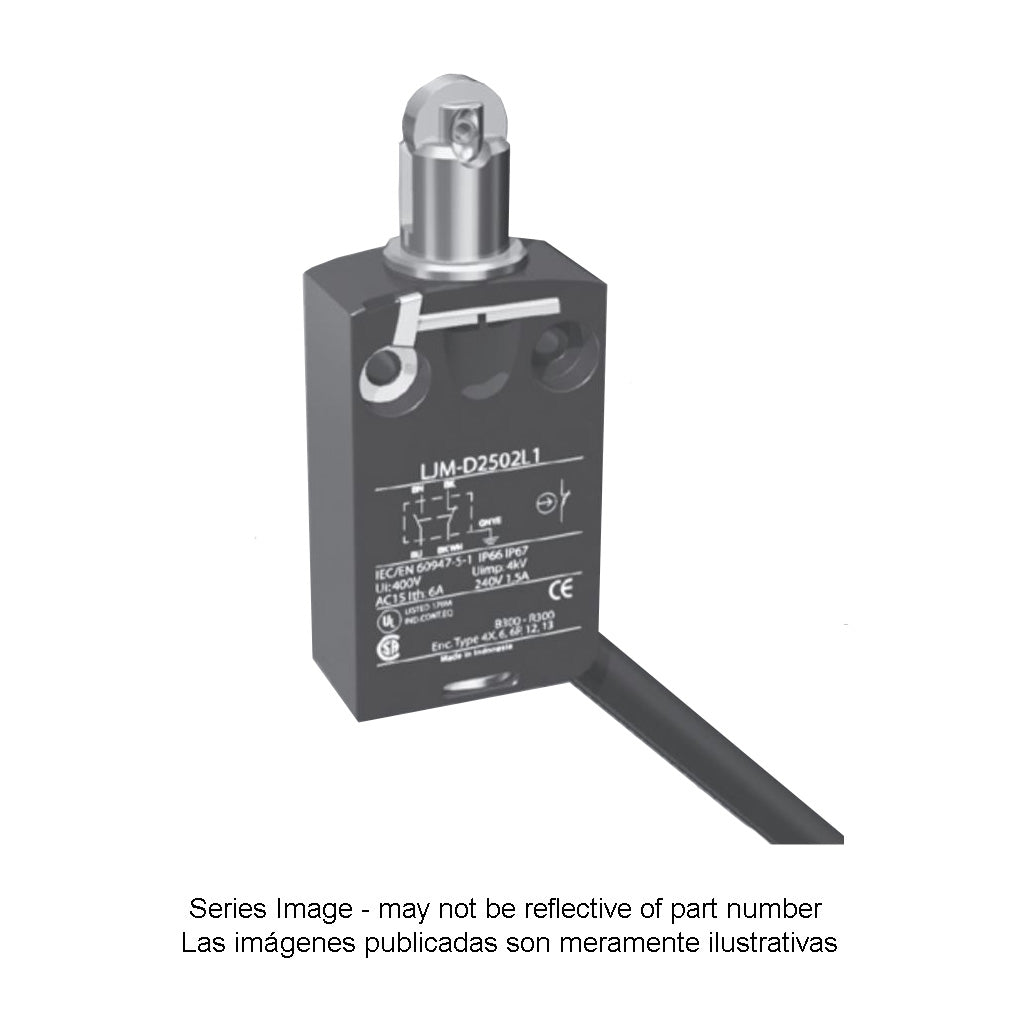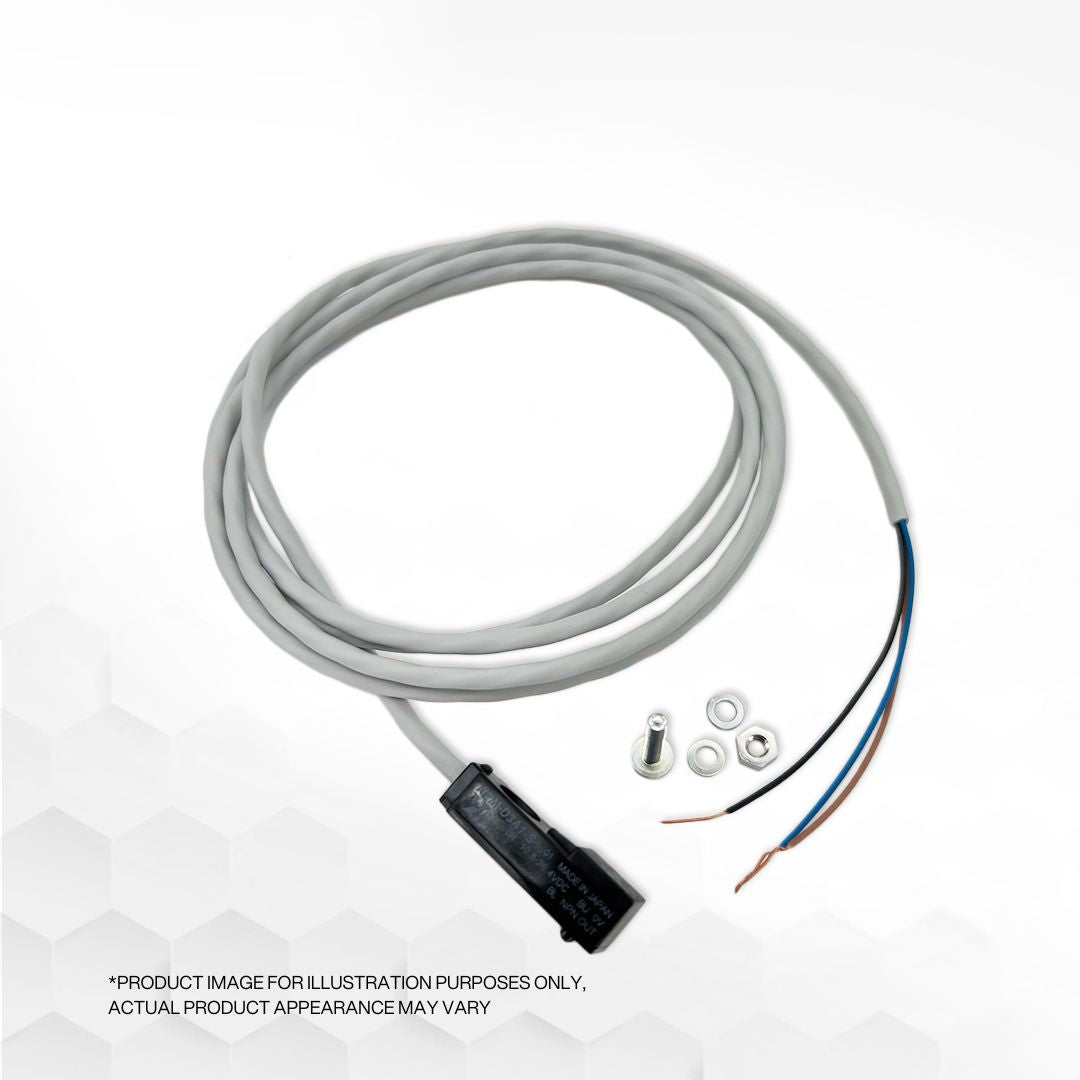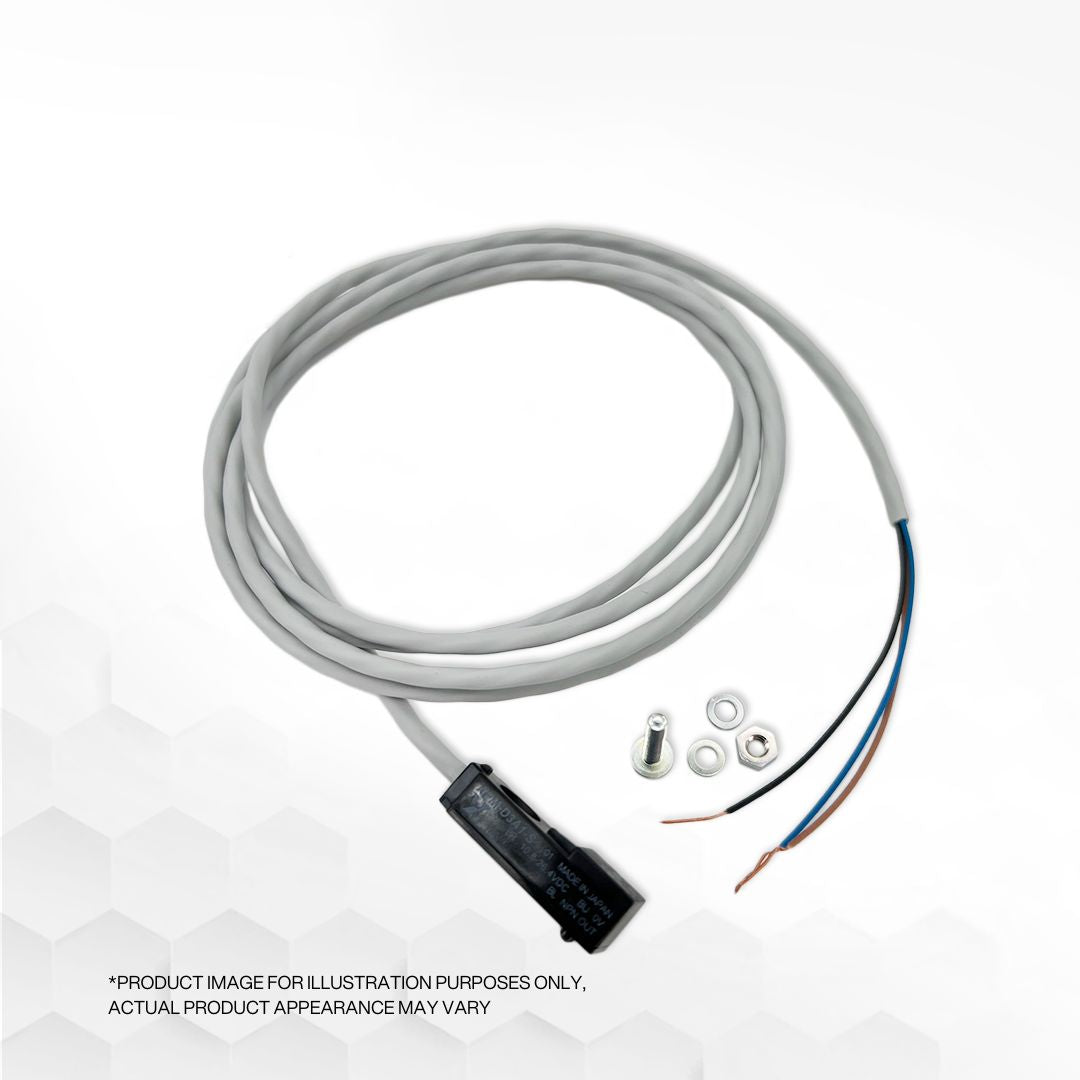
System Test and Troubleshooting for Flow Control Valves
The previous article emphasized the significance of maintaining a well-functioning hydraulic system, with particular attention to the role of relief valves. To address varying pressure drops caused by changing loads and actuator cycles, the installation of pressure-compensated flow control valves is recommended. These valves offer benefits such as maintaining a constant fluid flow through a variable orifice, ensuring a consistent pressure drop, and enabling smoother, constant flow regardless of actuator load changes.
Troubleshooting pressure-compensated flow control valves involves several steps. Firstly, pressure gauges should be installed at the inlet port, outlet port, and internal pressure chamber to facilitate easier diagnosis. To achieve the desired pressure differential between system pressure and actuator working pressure, appropriate sizing of the actuator should be ensured, ensuring the load pressure is lower than the system pressure. The specific pressure drop required to maintain a well-functioning compensator response may vary depending on the valve design, typically falling within the range of 75 to 175 psi.
Several potential issues may arise during troubleshooting, including insufficient pressure differential between the main system pressure and actuator working pressure. In such cases, careful examination using pressure gauges at the inlet and outlet ports, or following the manufacturer's recommendations, is necessary. Another common problem is a sticking compensator spool, which can be caused by fluid contamination or scoring on the spool body. Proper assessment of pressure differentials between the inner pressure chamber and valve outlet pressure, using respective gauges, can help identify this issue.
Contaminated return-flow check valves may lead to faulty operation, and it is crucial to inspect for worn seat-poppets or the presence of contaminants as contributing factors. Additionally, ensuring that the drain line inflow control valve is vented to the atmosphere is essential in valves requiring drainage at the top of the throttle to eliminate internal leakage. If the drain port is not adequately vented, it can result in valve rupture near the adjusting handle.
In conclusion, pressure-compensated flow control valves can malfunction due to fluid contamination, worn internal parts, or poor circuit design. Implementing regular maintenance practices and addressing potential issues promptly can help ensure the proper functioning and longevity of these valves within the hydraulic system.
